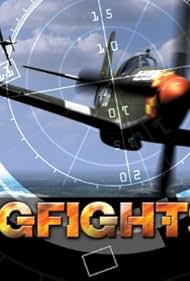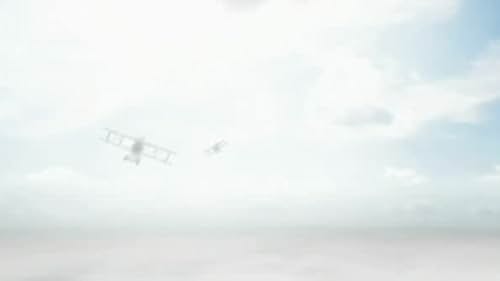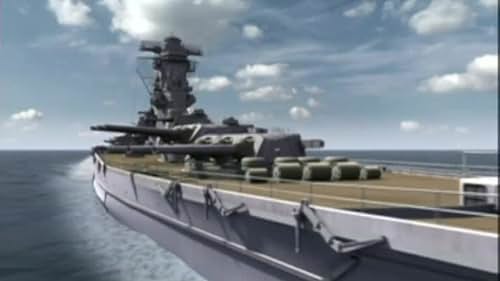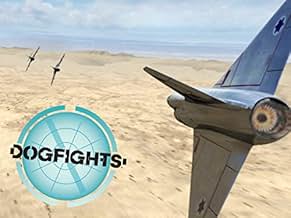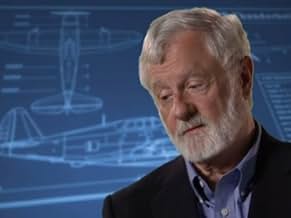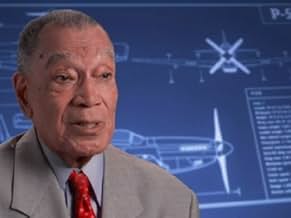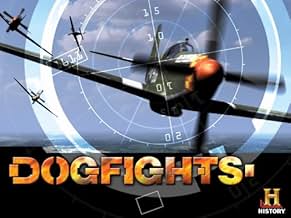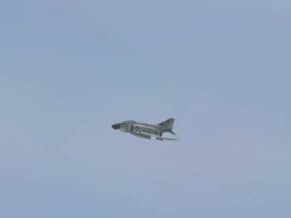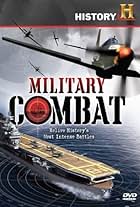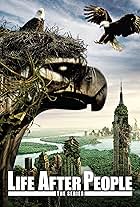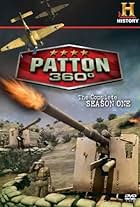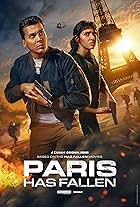It's a marvelous recreation of aerial combat from World War I through modern conflicts. I can't think of any computer-generated graphics (or whatever they're called) that have so convincingly recreated the aerobatics of combat aircraft and explained them so clearly. The aluminum surfaces glisten. The sun always seems to be shining, and when an airplane turns, the shadows on its wings turn with it. If the image is rearward, looking over a wing, you can see the elevators tip up and down slightly as the aircraft climbs or dives. Every detail on the aircraft seems exact. It's beautifully done. The graphics are nicely supplemented by newsreel and combat footage.
The narration takes us through the events, one by one, and sometime the participants tell us what they were thinking and what their intentions were. There is some sentiment, not much, in these recollections. The general layout of the conflict is described -- we learn why Mig Alley was so dangerous and why heavy bombers over Europe required fighter escort -- but the politics are absent. For each engagement, the principal characteristics of each airplane are described, and enemy aircraft get their just due.
One major observation and one minor. In the episodes I've seen, the victors were all Americans or American allies and the enemy lost, even when the opponent receives credit for being "an expert pilot." We sink the Bismark. We sink the Yamato. We shoot down every enemy airplane in sight, it seems, without losing any of our own. Why Rickenbacker and not von Richthofen, for instance? I wonder if it isn't somehow dangerous for younger and more impressionable viewers to watch a series like this in which we see a simulacrum of a video game in which we always win. The scientific studies of media presentations on real life have produced complex and mixed results. But I wonder. Is there a covert message? And, if so, is it: "Let's go to war and play Dogfight"?
One of the pilots interviewed mentions the need in a successful fighter pilot for "skill, aggressiveness, and the fighting spirit." I don't know what a fighting spirit is but fighter jocks seem to have the other two traits in spades. No power on earth could put me in a situation as dangerous as aerial combat. It takes a heap of persuasion to get me off the ground at all.
An ancillary note: A curious psychological study of fighter aces in the Korean war found a disproportionate number to be later-born children. There is weak support from other studies showing that later children are a little more open, agreeable, and maybe adventurous. Bomber pilots are more often first borns. George H. W. Bush has said that he preferred flying a Gruman Avenger with a three-man crew during World War II because he wanted the company. That puts him in the wrong slot, an anomaly, because he was the second son. He should have wanted to fly fighters but I'll give him a pass.
